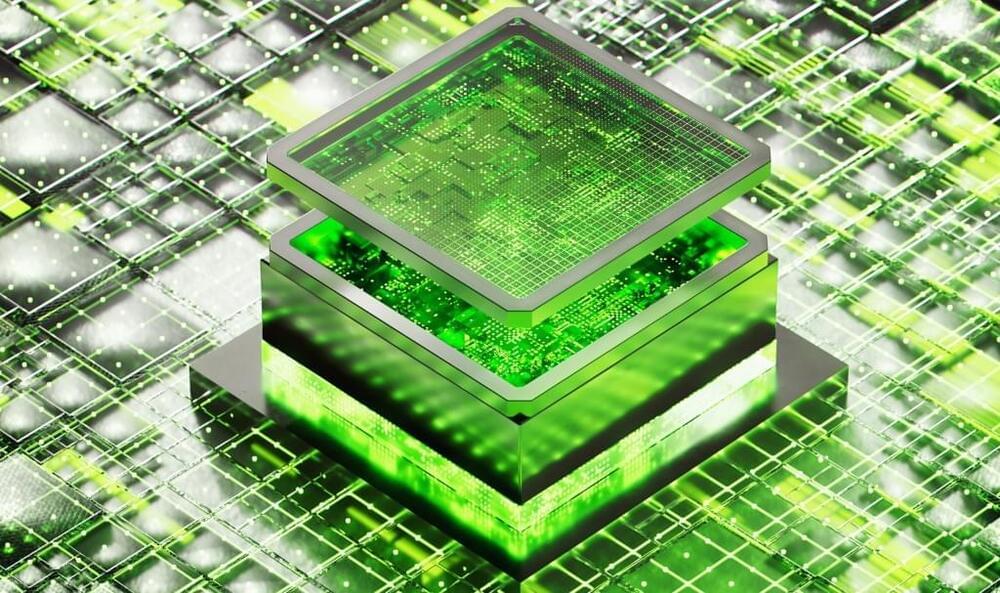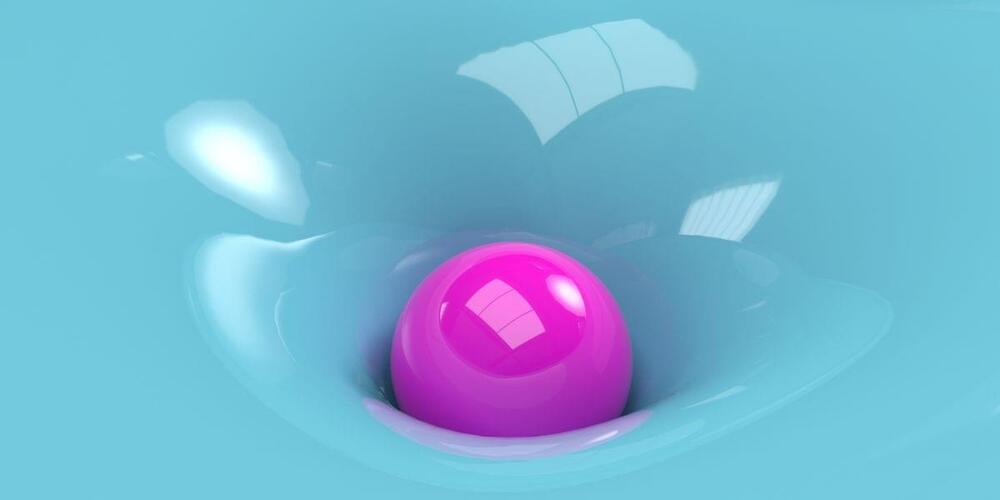Physicists seek the dividing line between the quantum world and the classical one.
By Tim Folger
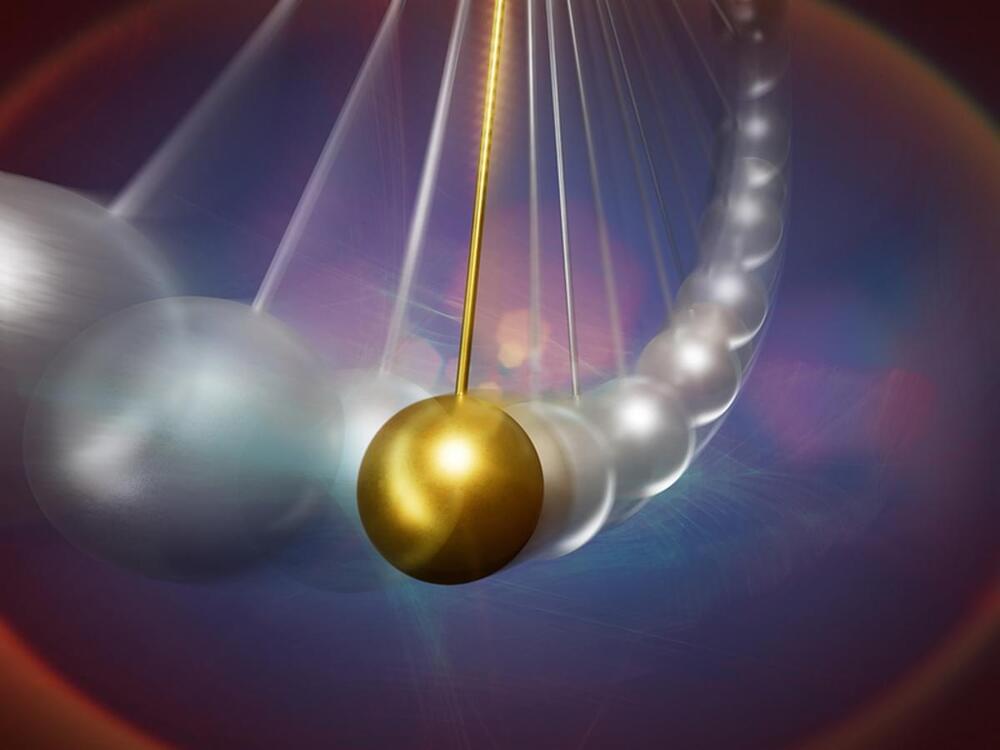

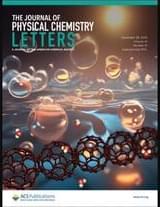
Polaritonic chemistry has ushered in new avenues for controlling molecular dynamics. However, two key questions remain: (i) Can classical light sources elicit the same effects as certain quantum light sources on molecular systems? (ii) Can semiclassical treatments of light–matter interactions capture nontrivial quantum effects observed in molecular dynamics? This work presents a quantum-classical approach addressing issues of realizing cavity chemistry effects without actual cavities. It also highlights the limitations of the standard semiclassical light–matter interaction. It is demonstrated that classical light sources can mimic quantum effects up to the second order of light–matter interaction provided that the mean-field contribution, the symmetrized two-time correlation function, and the linear response function are the same in both situations. Numerical simulations show that the quantum-classical method aligns more closely with exact quantum molecular-only dynamics for quantum light states such as Fock states, superpositions of Fock states, and vacuum squeezed states than does the conventional semiclassical approach.
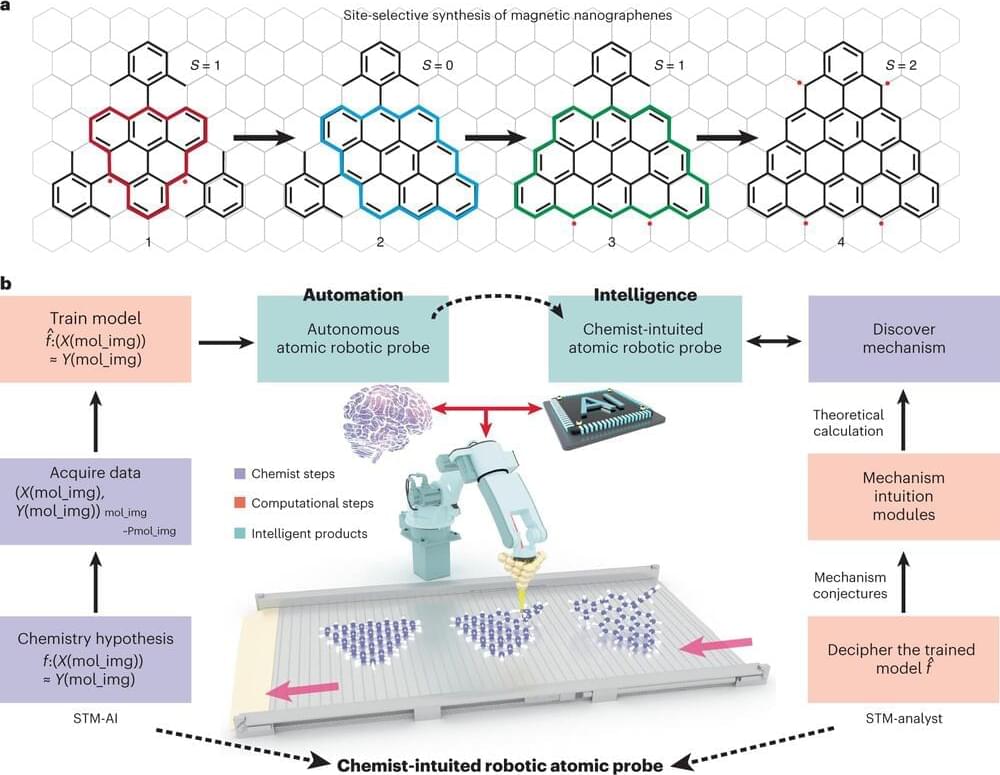
A team of NUS researchers led by Associate Professor Lu Jiong from the Department of Chemistry and Institute for Functional Intelligent Materials, together with their international collaborators, have developed a novel concept of a chemist-intuited atomic robotic probe (CARP).
This innovation, which uses artificial intelligence (AI) to mimic the decision-making process of chemists, enables the manufacturing of quantum materials with unrivaled intelligence and precision for future quantum technology applications such as data storage and quantum computing.
Open-shell magnetic nanographene is a type of carbon-based quantum material that possesses key electronic and magnetic properties that are important for developing extremely fast electronic devices at the molecular level, or creating quantum bits, the building blocks of quantum computers. The processes used to develop such materials have progressed over the years due the discovery of a new type of solid-phase chemical reaction known as on-surface synthesis.

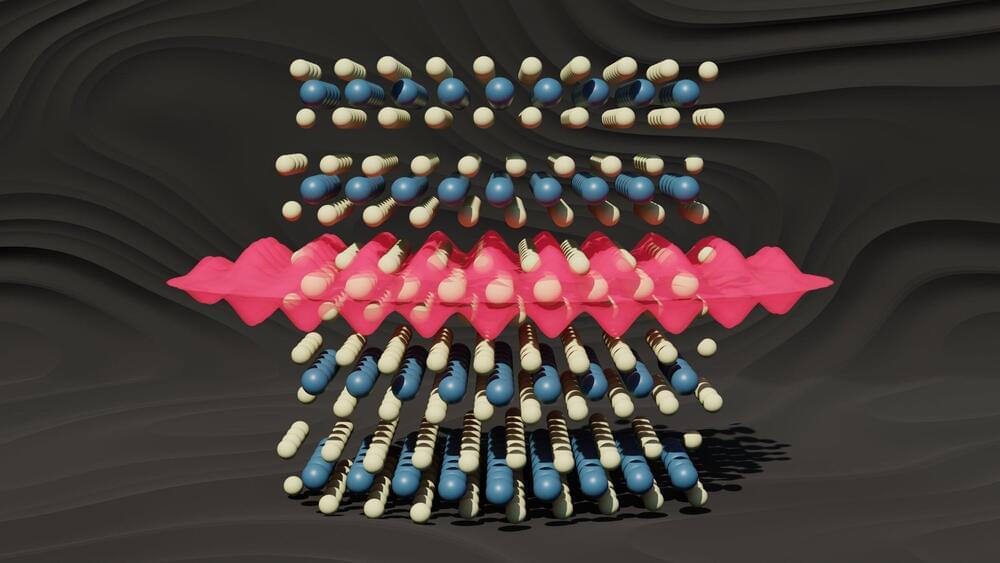
Quantum materials have generated considerable interest for computing applications in the past several decades, but non-trivial quantum properties—like superconductivity or magnetic spin—remain in fragile states.
“When designing quantum materials, the game is always a fight against disorder,” said Robert Hovden, an associate professor of materials science and engineering at the University of Michigan.
Heat is the most common form of disorder that disrupts quantum properties. Quantum materials often only exhibit exotic phenomena at very low temperatures when the atom nearly stops vibrating, allowing the surrounding electrons to interact with one another and rearrange themselves in unexpected ways. This is why quantum computers are currently being developed in baths of liquid helium at −269 °C, or around −450 F. That’s just a few degrees above zero Kelvin (−273.15 °C).

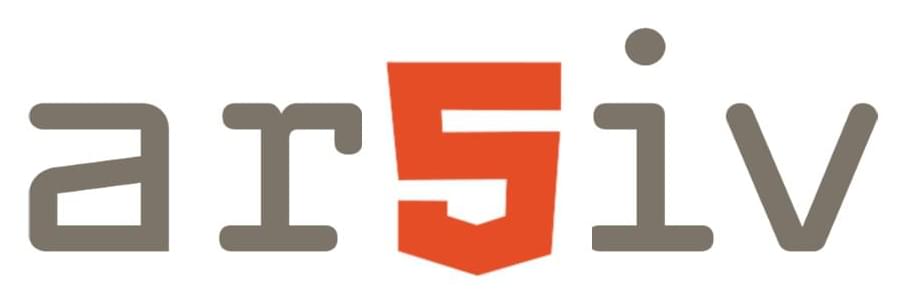
The purpose of this work is to investigate how several inflationary and bouncing scenarios can be realized by imperfect fluids. We shall use two different theoretical frameworks, namely classical cosmology and Loop Quantum Cosmology (LQC) (see where the derivation of the Hamiltonian in LQC was firstly derived to yield the modified Friedman equation, and also see for a recent derivation of the effective Hamiltonian in LQC, which was derived by demanding repulsive gravity, as in Loop Quantum Gravity). In both cases we shall investigate which imperfect fluid can realize various inflationary and bouncing cosmology scenarios. The inflationary cosmology and bouncing cosmology are two alternative scenarios for our Universe evolution. In the case of inflation, the Universe starts from an initial singularity and accelerates at early times, while in the case of the bouncing cosmology, the Universe initially contracts until it reaches a minimum radius, and then it expands again. With regards to inflation, we shall be interested in four different inflationary scenarios, namely the intermediate inflation, the Starobinsky inflation, and two constant-roll inflation scenarios. With regards to bouncing cosmologies, we shall be interested in realizing several well studied bouncing cosmologies, and particularly the matter bounce scenario, the superbounce scenario and the singular bounce.
As we already mentioned we shall use two theoretical frameworks, that of classical cosmology and that of LQC. After presenting the reconstruction methods for realizing the various cosmologies with imperfect fluids, we proceed to the realization of the cosmologies by using the reconstruction methods. In the case of classical cosmology, we will calculate the power spectrum of primordial curvature perturbations, the scalar-to-tensor ratio and the running of the spectral index for all the aforementioned cosmologies, and we compare the results to the recent Planck data. The main outcome of our work is that, although the cosmological scenarios we study in this paper are viable in other modified gravity frameworks, these are not necessarily viable in all the alternative modified gravity descriptions. As we will demonstrate, in some cases the resulting imperfect fluid cosmologies are not compatible at all with the observational data, and in some other cases, there is partial compatibility.
We need to note that the perturbation aspects in LQC are not transparent enough and assume that there are no non-trivial quantum gravitational modifications arising due to presence of inhomogeneities. As it was shown in, a consistent Hamiltonian framework does not allow this assumption to be true. The perturbations issues that may arise in the context of the present work, are possibly more related to some early works in LQC, so any calculation of the primordial power spectrum should be addressed as we commented above.
